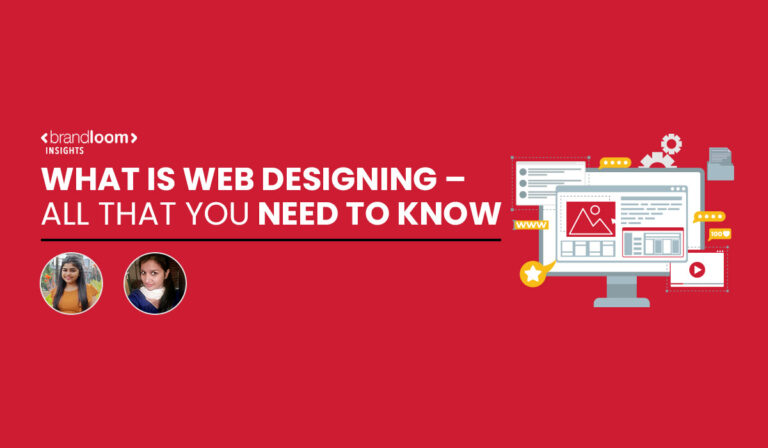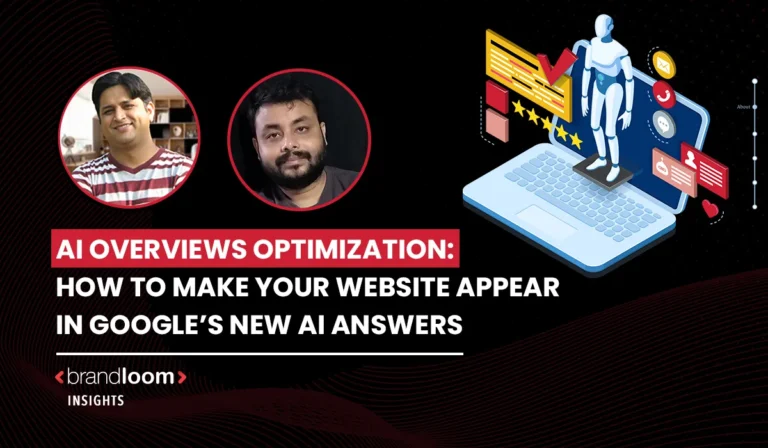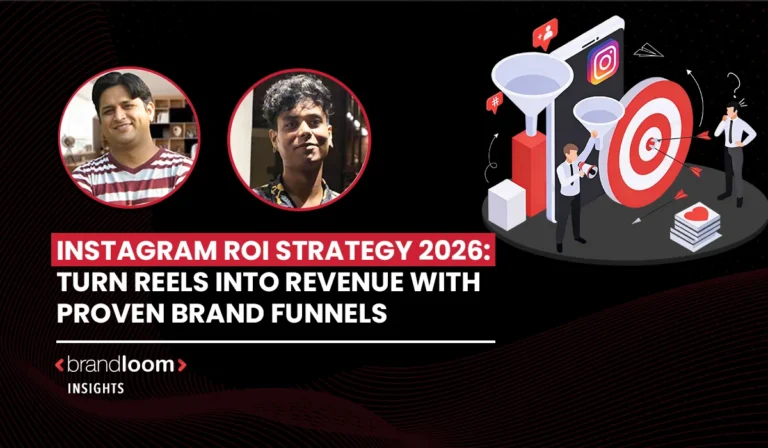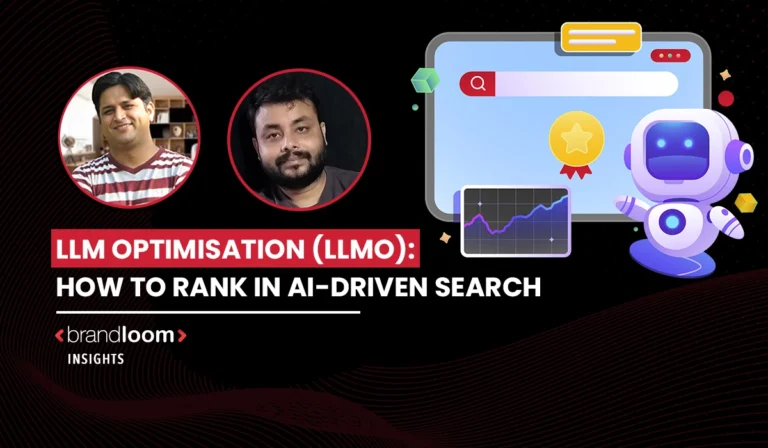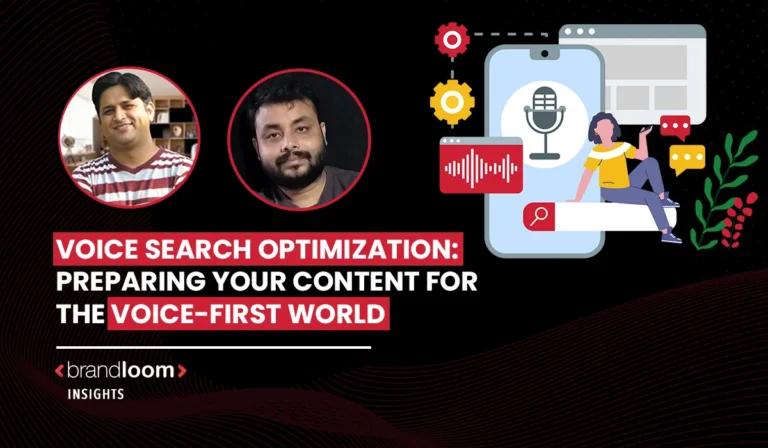Well, we all are familiar with the internet world.
Websites, social media platforms, apps, games, etc.., are what we experience regularly.
However, what is behind all of these platforms and designs?
Which is your favorite website in terms of its look and feel?
Have you ever wondered how professionals create such amazing web designs?
Have you ever wondered how to design a website or what sort of web design software is involved in the web designing process?
As a business owner, if you want to strengthen your business, you must know web design’s role.
It will help you develop better ideas and strategies to promote and market your products.
I have seen people getting confused over the internet, and many ask about web design.
If you also have the same question, your search will end in this article.
Well, several professionals collaborate to create these websites. But the first set of people involved in this are web designers.
If you are looking for web designers, you can connect with our team; we are widely known as the best web design agency in India.
In this article, we will be discussing everything about web design and its role in business.
What is web design?
Web design is a part of the Website design and development process that focuses on aesthetic factors like website layout, user interface (UI), and other visual imagery.
Web Design makes the website more visually appealing, engaging, and easy to use.
A professional with the skills to design websites is known as a web designer.
A Web designer uses tools such as Dreamweaver, Pixelmator, Photoshop, and many others to design website interfaces.
To develop a good website, a web designer must consider their target audience, the website’s purpose, and the design’s visual elements. Therefore, if you are looking for the best web design company in India, you can talk to our team.
Looking for the Best Web Designing Company in Delhi, Contact us Today!
Website Development Process
Several programming languages are used to convert a web design to a functioning / interactive website during the website development process.
HTML is one of the most popular and essential elements of a website. CSS is another popular language used to design and style web pages. Web designing experts are meant to build interactive digital pages for the public. The aim is to deliver the best quality to the audience and help these businesses reach their target audience.
A professional with the skills to develop websites is known as a web developer. Such individuals must develop and create a website using various tools and technologies.
This article focuses on web design, so let us learn more about the same here.
What is the Difference between Web Design and Web Development?
A web designer is involved with designing the website. Based on client requirements, the web designer usually comes up with different ideas and solutions and prepares the final draft of the website.
On the other hand, a developer takes up the design or the final draft of the website and does the coding to convert these into static or dynamic pages.
So, the web developer is the one who makes the website live. Agencies that offer web design services also include web development as a part of their service.
Looking for the Best Web Design Company in Mumbai, Contact us Today!
What is Web Designing?
Web designing is the creative process in which a Graphic Designer creates the visual elements of a website that are displayed on the internet.
A good Web designing process involves creating a user interface (UI) that enhances user experience (UX) aspects.
Today web designing process focuses on designing interfaces for desktop, mobile, and tablet browsers.
A web designer deals with colors, fonts, and images to create a unique layout to structure the information.
A good web design is intuitive, user-friendly, consistent, and matches the expectations of a brand’s target audience.
If you are looking for UI / UX Design services, please connect with our team at BrandLoom.
Web designing meaning in hindi
वेब डिजाइनिंग एक रचनात्मक प्रक्रिया है जिसमें एक ग्राफिक डिजाइनर एक वेबसाइट के विज़ुअल elements को बनाता है जो इंटरनेट पर प्रदर्शित होते हैं।
एक अच्छी वेब डिजाइनिंग प्रक्रिया में एक यूजर इंटरफेस (UI) बनाना शामिल है जो यूजर एक्सपीरियंस (UX) पहलुओं को बढ़ाता है।
आज वेब डिजाइनिंग प्रक्रिया डेस्कटॉप, मोबाइल और टैबलेट ब्राउज़रों के लिए इंटरफेस डिजाइन करने पर केंद्रित है।
एक अच्छा वेब डिज़ाइन सहज, उपयोगकर्ता के अनुकूल, सुसंगत होता है और ब्रांड के target customers की अपेक्षाओं से मेल खाता है।
Different Types of Web Designing
Looking to develop a website of your own? There are several types of web designs that you can consider. Here are some of the most popular types of website design:
- Static web page design layout
- Dynamic web page design layout
- Adaptive web page design layout
- Liquid web page design layout
- Responsive web page design layout
- Single web page design layout
1 Static Page Layout design
Static page layout is one of the most fundamental forms of website design.
This pattern allows you to create a website with pre-defined page dimensions — it has a fixed width.
Static layouts maintain these proportions independent of the browser or device.
With the advent of mobile usage, static layouts have become obsolete. These sites do not give a pleasant user experience on smartphones or tablets because they do not adapt to devices.
While static layouts are still an option, you should avoid them unless you construct an entirely unique mobile version of your site.
At BrandLoom, we do not recommend using this web design practice.
2 Dynamic Website Design Layout
Dynamic websites use a database of information and features to create a website based on the user requesting the page.
Even if two individuals browse the same page at the same time, these websites might provide different material to them.
The biggest benefit of this layout is that it enhances users’ engagement with the site with unique information. However, setting up such a site is a difficult proposition and takes a lot of time to build.
At BrandLoom, we do not recommend using this kind of web design practice.
3 Adaptive website design
Adaptive website design employs CSS queries to alter the page’s size according to the browser’s size.
Websites with this design change the style automatically to deliver the optimum user experience for visitors.
There are established guidelines for how a website will react using adaptable website design.
A set parameter would be something like this: “If the browser is 500 pixels wide, set the main content container to 400 pixels wide.”
For example, if you have a two-column layout on your website, the adaptable style will shift to a single-column design on a tiny browser screen.
While this kind of design is easy to set up and takes lesser development time, this is not a preferred website design option as the site might not look professional when the rules are not defined for the screens on which the site is being loaded.
At BrandLoom, we do not recommend using this kind of web design practice.
4 Liquid Design Layout
Liquid design layouts is also known as fluid design. This design employs flexible units as opposed to the fixed units employed by static layouts.
As these design units are adaptable, the page always fills the width of the device’s screen, regardless of the device. This becomes a problem when the non-standard screen sizes evolve.
Because user experience is crucial to attracting and engaging people to your site, liquid layouts have begun to fade as a viable option for businesses.
While you may still utilise this style, you risk providing a bad user experience by extending your site too far or squeezing information into the page.
At BrandLoom, we do not recommend using this kind of web design practice.
5 Responsive Website Design
A responsive design layout is the most popular and preferred website design option today. This design layout allows your site to fit all devices and screens.
Responsive design is created with a mobile-first mindset.
While designing this kind of website, the web designer starts with the mobile style in mind and then expands the website to accommodate larger screens.
This kind of website is most preferred today as it considers user experience and enhances it. The only drawback is that it takes longer to design such websites.
6 Single Page layout design
Single-page layouts have just one page. This single page provides complete information to the user about your goods or services.
What is Responsiveness in Web Design, and why do we prefer it at BrandLoom?
Responsive web design practice says that the design and development should be done to match the user’s requirements based on various screen sizes, platforms, and orientations.
A user might visit your website using a mobile device, a tablet, a laptop, a desktop, or a notepad without any problem. Such websites appear appropriately on all devices.
The proper layout, image, and CSS queries help achieve this quickly. The website automatically adjusts its resolution, size, and scripting abilities as soon as the user moves from a laptop to an iPad.
In short, we can say that the website should respond to the user’s preferences. As a result, your website will be visible on all the platforms without having to design multiple websites suited for each forum.
Importance of web design
So, why is web design important?
Web design is a tool that helps you communicate with the target audience through your brand.
The right marketing strategy, visual marketing approach, and correct vision can grab the attention of your target audience.
A well-designed website can attract your potential customers and convert them into leads over time.
Users always trust brands that are consistent with their service.
A website increases brand exposure, lets people know about it, and develops that trust in you.
Having something on the internet that everyone can talk about clearly gives you a b
Elements of Web Design
Every web design process can be categorized into specific types. There are different components for every web design, and in this section, we will look at the various parts. The website design process allows designers to adjust their preferences and provide clients with practical solutions.
There are several components of web design. Some of these are
- Layout
- Images
- Color scheme
- Visual hierarchy
- Readability
- Typography
- Navigation
- Content
- Mobile
If you are looking for web design services in India, contact us today.
Things to Remember When Designing a Website
Web design is a fundamental part of several business organizations. Web design can be a part of a powerful business presentation. However, this needs planning and a good strategy. One wrong decision can hurt the website’s online reputation.
Let us look at certain things when designing a website.
1. Aesthetics
The overall website aesthetics do play a crucial role in target audience retention. The website’s color, style, and feel need to be aligned with your brand type. It should complement the brand name and the brand purpose. Make sure you are very careful about it and do not exaggerate, as many elements can negatively affect the number of visitors to your website.
2. User Experience
The next important thing we should be concerned about is the user experience. Remember that you will have actual visitors visiting your website for information. The web design needs to be user-friendly. It should be suitable for a huge audience of different ages, backgrounds, and specialties. The best thing to do is keep it simple. Instead of making it look clumsy, make it as simple as possible. Put yourself in your visitor’s shoes and think about how it can be made intuitive.
3. Quality of Content
Though web design is all that matters, content is equally important. Just imagine why your visitors should even come to your website. Several businesses choose content marketing solutions because they need quality content that people can read or share. Your website should have the right content your visitors may be interested in.
4. Speed
How would you feel if you visited a website that did not load up? You would prefer to check out some other websites instead. As per studies, we have seen that if a page load time crosses 3 seconds, the bounce rate increases by 38%. This isn’t good for your website. The loading speed needs to be good as well. You must balance all the elements and the strain they take on the browser and internet connection.
5. Mobile Friendliness
As per specific surveys, it has been observed that 50% of the traffic comes from mobile devices. Half of your visitors will leave immediately if your website doesn’t load quickly. Website responsiveness is pretty essential. It must be mobile-friendly. The pages of your website should adapt to different screen sizes as and when needed.
Principles of Design for Interactive Website
To design an interactive website, you need to be aware of the principles of web designing. What factors determine a good website design, and how can you get it?
Let us take a look at it.
The principles of design talk about the outline of visual qualities and composition that one should aim for. Though there are no strict rules, there are specific guidelines on applying different website design principles.
Once the designer understands the web design goal and becomes comfortable with the website elements, one can try implementing these and be a little more creative.
Let us look at the different principles required for an interactive website.
- Balance
- Emphasis
- Contrast
- Rhythm
- Hierarchy
- Movement
- Unity
Common Programming Languages Used for Web Design
Now that we have discussed web design and its types and importance, you must wonder how this is done. So, a web developer uses specific programming languages to develop a website. Now, you must think, what programming language is used for web design?
Let us look at the different programming languages used for web design.
HTML
HTML is a web development language and is one of the essential languages. It is used to build the basic structure or layout of a website. HTML is elementary to learn and use. However, HTML, a static language, cannot develop web pages by itself. It has weaker security features.
CSS
CSS is a language developers use to style your website. It helps to add extra features such as background color, layout, different font styles, font types, etc. It is easy to integrate CSS and HTML, which is why both are prevalent programming languages.
Java
Java is a prevalent programming language for developing games, website content, and other software. It is a high-level language that needs quite a bit of space. It is a very secure language and is preferred by several web developers. Java IDE is easy to use for designing websites.
JavaScript
Javascript is used in several websites for development. The Java language works well with other programming languages. Additionally, it is a platform-independent language, and you can generate HTML content dynamically using Javascript.
Python
Finally, we come to Python. It is said that Python is the easiest to read, learn and implement. The vast library collection and easy syntaxes make it one of a kind. However, database accessibility with Python is quite complex. However, there is quite a limitation to using Python on client websites.
If you think about the most common language used in web designing, then we must say HTML is the basic and the most used one.
Best Web Design Software for Free
Several web design softwares are available in the world of the internet. These software solutions make it easy for a developer to create your website easily.
There was a time when website builders required HTML, CSS, and even JavaScript to create a site. However, today you can use various Content Management Systems like WordPress to design your website for free.
All good web design software offers you all the elements you need to create a user-friendly website.
Below is the list of some of the best web design software that are free:
Conclusion
With the emergence of the internet, the world has become smaller.
Today, many people spend most of their time online, whether it be making purchases, reading the news, watching a movie, using a service, etc.
This is where a website comes into the picture. With a user-friendly website, all the information is at your user’s fingertips.
Given how much time people spend online, company website owners have begun to move their products and services online with the help of mobile-responsive websites.
Having a website is essential for living in the digital age for any business. A company that does not have a quality website is losing out on several business chances and clientele.
A company website facilitates several digital marketing tactics that can aid in business expansion.
Therefore as a business, you need a very good web design and development services company in India for your business. Contact our team today.
Frequently Asked Questions
Web designing is the process by which the websites available on the internet are designed. It is the user experience aspect rather than the software one.
It is the creative process in which a Graphic Designer creates the visual elements of a website that are displayed on the internet.
A good Web designing process involves creating a user interface (UI) that enhances user experience (UX) aspects.
Today web designing process focuses on designing interfaces for desktop, mobile, and tablet browsers.
A web designer deals with colors, fonts, and images to create a unique layout to structure the information.
A good web design is intuitive, user-friendly, consistent, and matches the expectations of a brand’s target audience.
The three common types of web design are Static, Dynamic, and E-commerce.
Some basic skills necessary for becoming a web designer are Creativity, Imagination, Technical Skills, IT skills, and analytical skills.
It takes numerous technologies to make something work on the web. That said, while there are many core web designing languages, such as HTML, CSS, Java, and JavaScript, newer options are also opening up new possibilities.
If you think web design is complex, don’t worry. If you have the passion and the determination to learn, it won’t seem difficult to you. Overall, web designing is pretty straightforward.
Web designing is an IT career as one needs to design the layout and interface of the websites. A web designer’s task is to create the website’s graphics, layout, font, and overall structure.
A web designer is involved with designing the website. Based on client requirements, the web designer usually comes up with different ideas and solutions and prepares the final draft of the website.
On the other hand, a developer takes up the design or the final draft of the website and does the coding to convert these into static or dynamic pages.
So, the web developer is the one who makes the website live. Agencies that offer web design services also include web development as a part of their service.
A web designer is involved with designing the website. Based on client requirements, the web designer usually comes up with different ideas and solutions and prepares the final draft of the website.
On the other hand, a developer takes up the design or the final draft of the website and does the coding to convert these into static or dynamic pages.
So, the web developer is the one who makes the website live. Agencies that offer web design services also include web development as a part of their service.
वेब डिजाइनिंग एक रचनात्मक प्रक्रिया है जिसमें एक ग्राफिक डिजाइनर एक वेबसाइट के विज़ुअल elements को बनाता है जो इंटरनेट पर प्रदर्शित होते हैं।
एक अच्छी वेब डिजाइनिंग प्रक्रिया में एक यूजर इंटरफेस (UI) बनाना शामिल है जो यूजर एक्सपीरियंस (UX) पहलुओं को बढ़ाता है।
आज वेब डिजाइनिंग प्रक्रिया डेस्कटॉप, मोबाइल और टैबलेट ब्राउज़रों के लिए इंटरफेस डिजाइन करने पर केंद्रित है।
एक अच्छा वेब डिज़ाइन सहज, उपयोगकर्ता के अनुकूल, सुसंगत होता है और ब्रांड के target customers की अपेक्षाओं से मेल खाता है।
A responsive design layout is the most popular and preferred website design option today. This design layout allows your site to fit all devices and screens.
Responsive web design practice says that the design and development should be done to match the user’s requirements based on various screen sizes, platforms, and orientations.
Responsive design is created with a mobile-first mindset.
While designing this kind of website, the web designer starts with the mobile style in mind and then expands the website to accommodate larger screens.
This kind of website is most preferred today as it considers user experience and enhances it. The only drawback is that it takes longer to design such websites.
The proper layout, image, and CSS queries help achieve this quickly. The website automatically adjusts its resolution, size, and scripting abilities as soon as the user moves from a laptop to an iPad.
In short, we can say that the website should respond to the user’s preferences. As a result, your website will be visible on all the platforms without having to design multiple websites suited for each forum.

